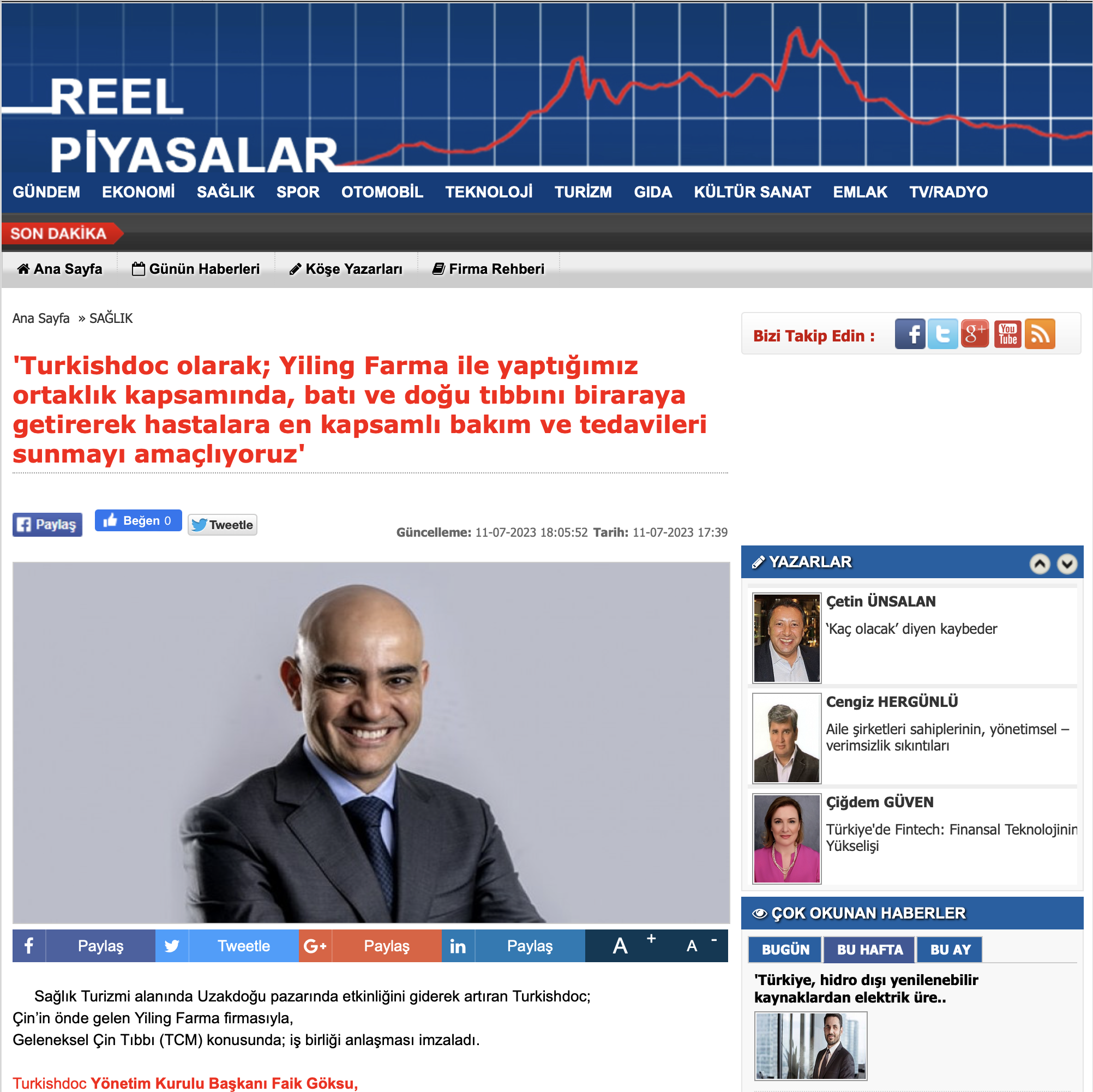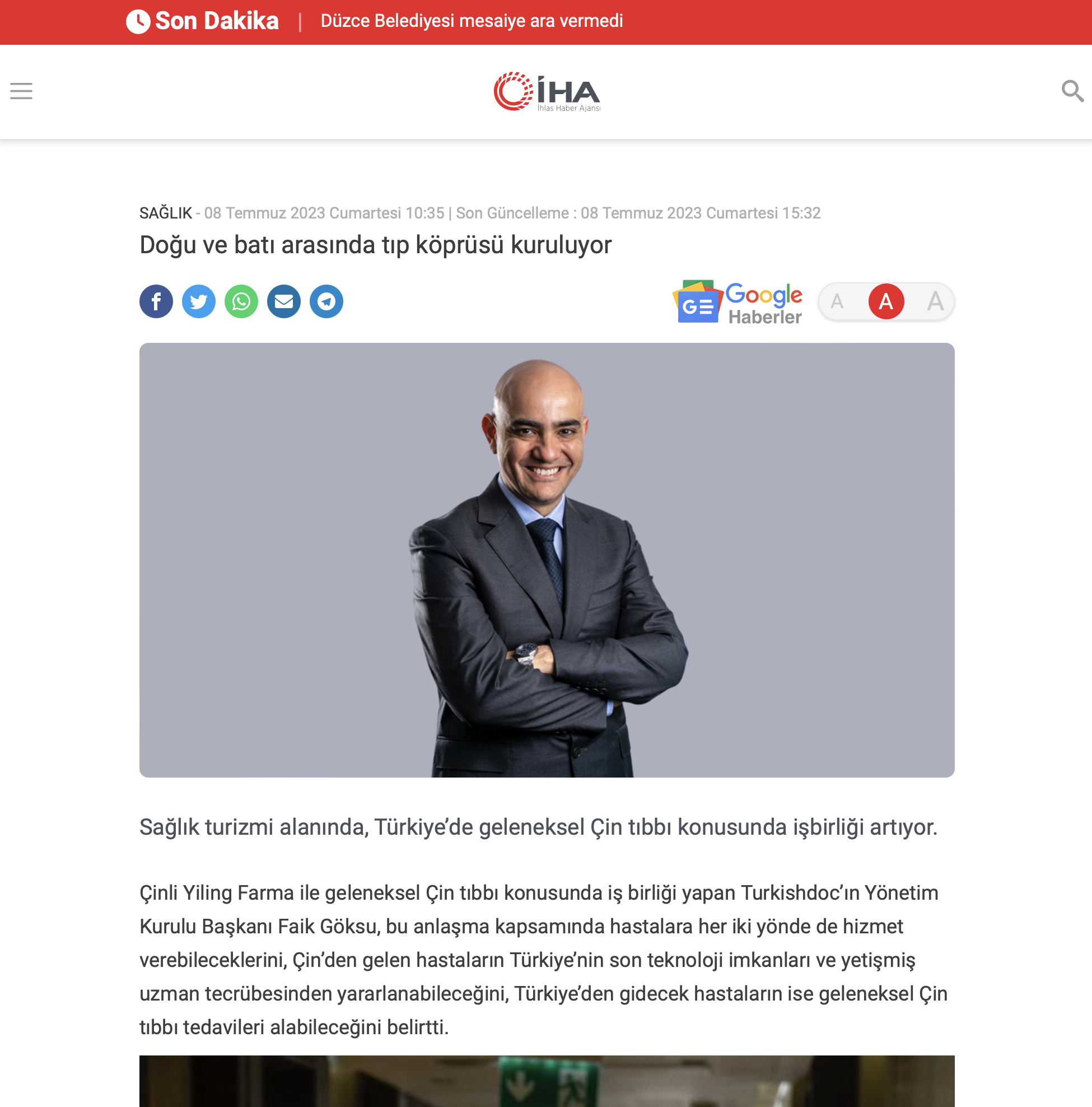Turkishdoc
Short Definition Of Kyphosis
Excessive forward bending of the spine is called kyphosis. This is a serious condition that affects everyone, from infants to the elderly. It occurs at different levels and for different reasons. In a healthy person, the spine is kyphotic in the back and lordotic in the lumbar region. In other words, there is a slight curvature and hollow appearance. However, if this curvature in the back exceeds 50-60 degrees, an abnormal spine shape emerges. Therefore, one of the most important problems with kyphosis is the appearance of spinal curvature. It not only affects the appearance but also causes pain if it is severe. For this reason, kyphosis must be treated as soon as it is diagnosed by a specialist. The treatment for kyphosis is applied according to the patient’s age, spine, and general health condition.
What Is Kyphosis?
Kyphosis is a physical condition that can also be referred to as a hunchback. For this reason, people with this condition have a head that is more forward than their body and a protrusion on their back. It is called kyphosis because of the visible forward curvature of the spine structure. It can occur in infants, children, teenagers, adults, and the elderly. Kyphosis not only affects the spine, but also the lung, the most important organ of the body. When it becomes a more advanced condition, it has a negative physical impact. Therefore, it can reduce the quality of life by affecting both the physical and psychological state of the person. Therefore, kyphosis should be treated with appropriate treatment methods.
Symptoms Of Kyphosis
Kyphosis may not show any symptoms at the initial stage. The most important symptom is a change in body posture. A hunched appearance is among the visible symptoms of kyphosis. This symptom appears as the kyphosis progresses. Therefore, in a mild case, the hunchback is not yet visible. There may be differences in symptoms between children and adults.
In the womb, the baby may rarely develop kyphosis symptoms. Changes observed as the spine develops can be one of the symptoms of this condition. Symptoms of kyphosis that are usually seen in infants and children include the following:
- Loss of balance
- Slight hunchback
- Abnormalities in the limbs
In adults, kyphosis does not show many symptoms. However, posture disorder is the most important symptom. Other symptoms of kyphosis, which causes a hunched appearance, include:
- Muscle fatigue
- Back pain
- Difficulty standing upright
- Tenderness in the spine
If you have been observing one or more of these symptoms for a long time, you should consult a specialist in orthopedic diseases. In particular, you should see a doctor, as bending the back forward may be the beginning of kyphosis. If it is diagnosed early, its progression can be stopped with some treatment methods. If kyphosis worsens, it can affect some of the person’s organs and worsen the person’s physical health. In the case of advanced kyphosis, the doctor will provide effective treatment to reduce the symptoms.
Causes Of Kyphosis
The vertebrae are made up of columns that are stacked on top of each other. Kyphosis occurs when the vertebrae in the back form a wedge shape. In children or young people, kyphosis is usually caused by malformations, while in adults it occurs as a result of a weakening of the bones. Different causes can also lead to this condition. Other causes of kyphosis are:
- Vertebral fractures
- Ehlers-Danlos syndrome in children
- Osteoporosis
- Inflammation of the spine
- Posture disorder
- Disc degeneration
- Scheuermann’s disease
- Cancer and cancer treatments
In general, these causes can lead to kyphosis. Regardless of these causes, kyphosis can also be genetic. These causes also lead to some of the complications of this condition. These complications include limited mobility, difficulty walking or performing daily activities, digestive problems, and postüre problems. To reduce these complications, kyphosis needs to be treated appropriately.
Treatment For Kyphosis
Kyphosis must be diagnosed before treatment is started. Some methods are used to make this determination. First, however, the doctor will perform a physical examination. Common methods for diagnosing kyphosis are MRI, radiography or CT scans, nerve tests, and bone density tests. Kyphosis is diagnosed when the spine measures 45 degrees or more. The diagnosis also determines the level of the disease. There are different treatment options for mild and severe kyphosis. Below are the treatment methods for a kyphosis:
- Medication: When kyphosis is mild or severe, back pain is inevitable. Prescription or over-the-counter painkillers are a treatment for this condition. However, to get an effective result, painkillers prescribed by a doctor should be used. Bone-strengthening osteoporosis drugs are also used in drug treatment. These medications are specially used for elderly people with kyphosis.
- Physical therapy: Physical therapyis one of the most effective treatments for kyphosis. Among the most effective exercises for kyphosis are stretching and strengthening exercises. This improves spinal flexibility and relieves back pain at the same time. Physical therapy is usually reserved for patients with mild to moderate kyphosis. Since this treatment is individualized, it is not appropriate to use exercises that are customized for someone else.
- Supportive treatment: If kyphosis is diagnosed in children or young adults, a brace will likely be used. The brace corrects the curvature of the spine and, at the same time, prevents the disease from progressing. In general, corset treatment for mild kyphosis patients should be used regularly for the period determined by the doctor.
- Surgical treatment: If the kyphosis is severe, surgery is usually performed. However, this treatment is based on the patient’s preference. If the kyphosis compresses the spinal cord, surgery can be a lifesaving solution. Surgeons who correct the spinal cord surgically use metal rods and screws. The surgery aimsto reduce the degree of curvature by fusing the deformed spinal cord. After the operation, the doctor may give the following warnings:
- Avoid smoking and tobacco.
- Alcohol should not be consumed.
- Consume a lot of meals that are high in calcium and vitamin D.
In conclusion, although kyphosis is a rare condition, it is a disease that affects the person physically and psychologically. This condition can occur at any age because it is seen in infants to the elderly. Older women are among the risk factors for kyphosis, which occurs for many reasons. The most prominent symptom of this condition, which is generally seen at an advanced level in the elderly, is the forward lean of the back and back pain. There are appropriate treatment methods at each level. Therefore, it is expected that the degree of curvature of the vertebrae will decrease and the pain will be alleviated thanks to the treatment methods applied. Treatment methods for this condition include physiotherapy, medication, and surgery. After a personalized treatment method is applied, there is an improvement within a certain period. Therefore, although kyphosis is a mild disease, it is a life-threatening condition if left untreated.











